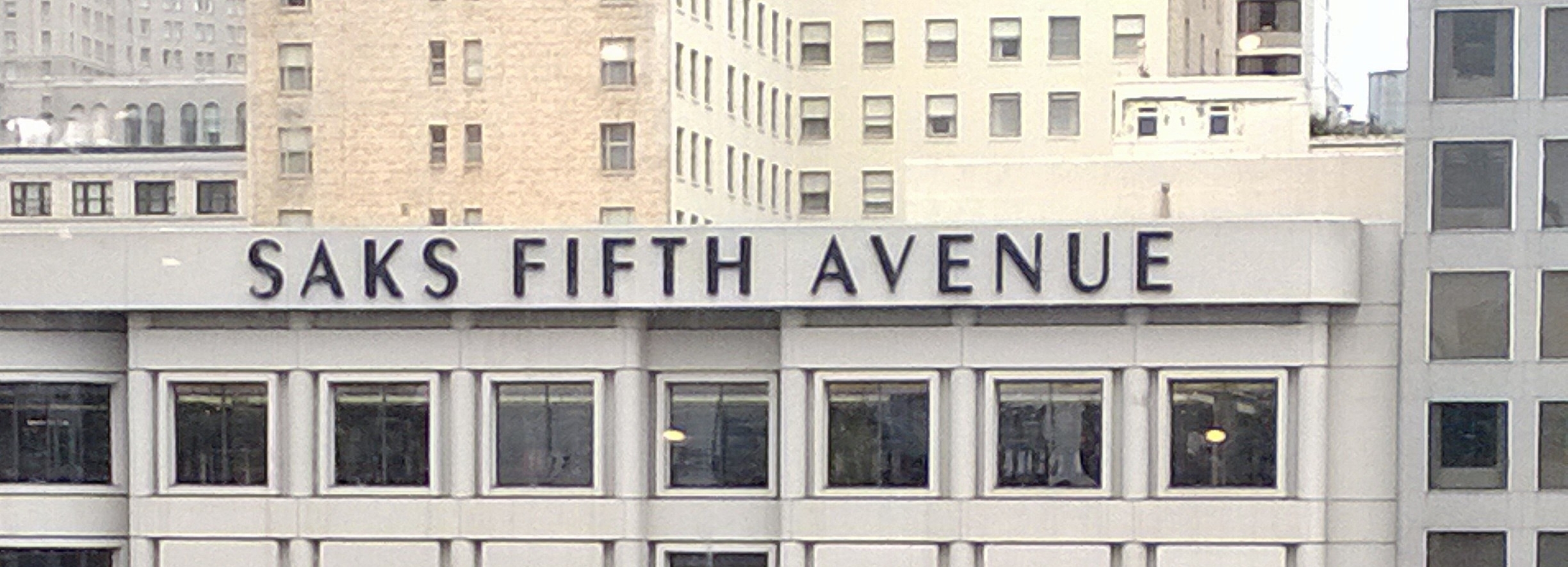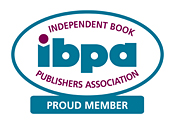November 16, 2010. The day I began the revision outline for the novel that is becoming Sparks. By the very next week I knew that while an outline is a must, it doesn’t give me the level of detail that I need. So I added a storyboard to my revision artifacts, and was still confident that I would complete them all and be set up for revision by the end of the year. But December 31, 2010 flew by…
Of course it did – I hadn’t considered the holidays. Surely I would be done by the end of January. Missed that date too…
Now the end of February is here – and because I removed one chapter, but added three – there are still four chapters of outlining and storyboarding to go.
No tantrum this time; no acting out; not even a small rant. I’ve embraced the reality that experienced writers already live in. It takes time to deliver a story so sumptuous that it tempts ravenous readers to try to devour it in one sitting. Such a story is not to be confused with one so shallow, that readers flip through it in a sitting; nibbling only at the ‘good’ parts. My particular novel has to aim to be of the sumptuous variety; and has to pay off with cognac and dark chocolate truffle cake for dessert. Otherwise it will be merely a confusing collage of disconnected passages – a failure of mine, not of the story.
You’ll know from other posts that I’m a first timer, and I’ve complicated things for myself by having multiple plot lines (each with multiple subplots), multiple POVs, a prologue and a rather large cast of characters. But that’s the story as told to me by the main characters, so I’m honor bound to write it. The only open question is whether I will write it well.
When I’ve completed the outline and storyboard, I’ll have the skeleton of the revised story as well as writing (or editing) prompts for each of the over two hundred scenes. Since I’ve also marked up the original manuscript with storyboard scene numbers and rewrite goals, I easily see how different the revised version of the story is going to be. For complexmnovels, storyboards rock!
Even so, the closer I get to completing the storyboard, the longer it is taking. I’m being careful to insure that the main plots and their subplots are fully resolved and that the story ends with the characters exactly where readers want them to be. How do I know where that is? I don’t. The best I can do is make an informed guess – based on my knowledge of the story – and hope I get it right. Or…does a Ouija board work for fictional people?
——————————————————————
#ROW80 update, 02/27/2011:
- Goal 1: I can’t believe it – I finished the revision outline for the last four chapters! It was a marathon Friday/Saturday night. But…I still need to storyboard them. That may take a couple of weeks.
- Goal 2: I’ve accepted that 3 hours on Tuesday is not going to happen and that Thursday will also be a short day. I make up for it on the other days. This week, I still averaged about 3 hours per night because of Wednesday, Friday and Saturday.
- Goal 3 – Haven’t missed a post!
We’re just under a month away from the end of this session. Best of luck to all!
——————————————————————-



Take your time, don’t rush it you’ve done the bulk of the work now. The hardest part about writing is trying to see how readers will view it, all we can really do is use our best judgement. Best of luck.
I admire you dedication – and, yes, it IS necessary. We have to write, rewrite and rewrite and rewrite until the story shrinks away from us and says ‘it’s done’.
Hang in there – it will be worth it.
Thanks, Katy and Anne. I’ve settled in and it feels like I’m in a groove. Hope it’s not a rut… 🙂 Anyway, I’m going to make the best of it!
Oh, a new tidbit for me to learn. I am a newbie too. Storyboarding. I have never used one. This is something for me to look in to.
Good job on your progress for the week.
A Ouija board game for fictional people- that would be an intriguing experiment! Imagine writing a novel based on Ouija board answers . .
Thanks Linda. The storyboard makes things clear for me. In each scene, I know who has the POV, what the POV character wants, the obstacles and what they do to overcome them.
CM – I certainly thought about it. Especially when I was stuck! 🙂
this the 3rd in my series has got so complicated with back stories future scenes and an ever increasing cast of characters and related by a whole bunch of people and POV that I to had to go the storyboard route – it helps – oh yes it helps
care in the kitchen and a certain dash / flair will always produce a feast for the senses – happy cooking er sorry writing!
well done
I’ve done storyboards for film and software projects at uni, but never for writing. Seems like an interesting approach, but I’m too lazy to draw that many storyboards, so I just do rough paragraph summaries of each chapter and save my drawing energy for actual illustrations hehe
As for the continually shifting deadlines, I feel your pain there as well. I had planned to finish my novella by the end of NaNoWriMo last year. Then by the end of December. Then by the end of January. I’m still not finished lol Still, it seems that you at least are on the home stretch. Keep up the good work 😀
I *love* that word–Planchette…
From the way you write this blog, I’d say you must be in a groove and not a rut.
The revision-path can be full of despairing goblins but I’ve found that a swift kick in dispair’s rear-end is my best defense 🙂
Thanks, Alberta and Alexander. The storyboard helped me find a big problem – but that’s this week’s post. 🙂
Rebecca, you’re so right! OMG, I wouldn’t draw that many either. I’m a terrible artist and I wouldn’t be able to read them later. 🙂 I’m referring to a ‘writer’s’ storyboard – POV character; his/her goals, obstacles and actions for that scene; the scene resolution and a quick sentence that explains story advancement.
You’re right, we just have to accept it takes a lot of time and get on with it. I don’t do as much preparation so get first drafts done quite quickly but then I spend a huge amount of time in the editing stages so there’s no escaping the hard work, no matter how we work. 🙂
Congrats on the goals btw!
I agree. As you can see, my first draft was really rough. Still finding things to fix.